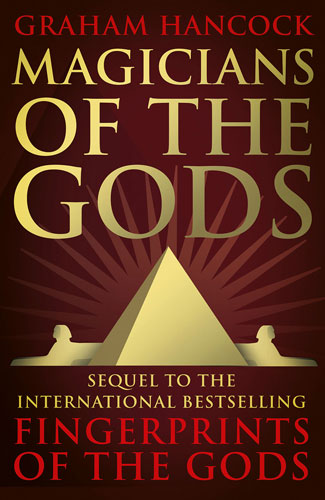Space news stories
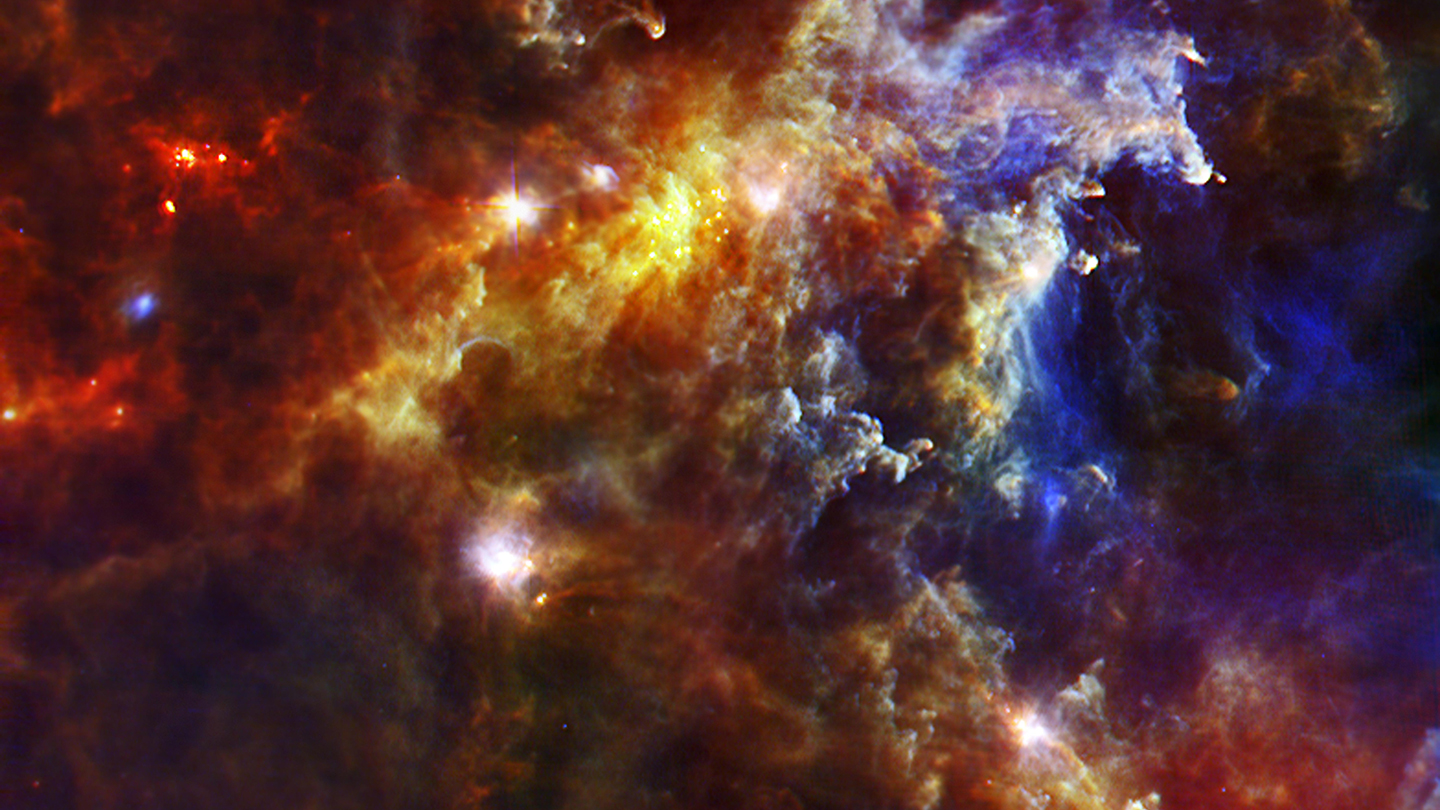
The Milky Way is churning out far more stars than previously thought, according to a new estimate of its star formation rate.
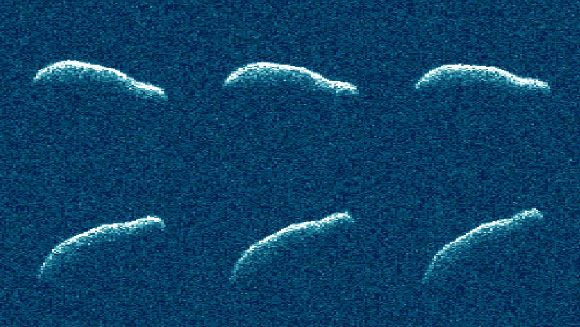
Astronomers recently got an up-close look at a “potentially hazardous” asteroid as it whizzed safely past Earth, and what they saw caught them by surprise: The space rock is unusually elongated for an asteroid and is spinning much more slowly than expected.
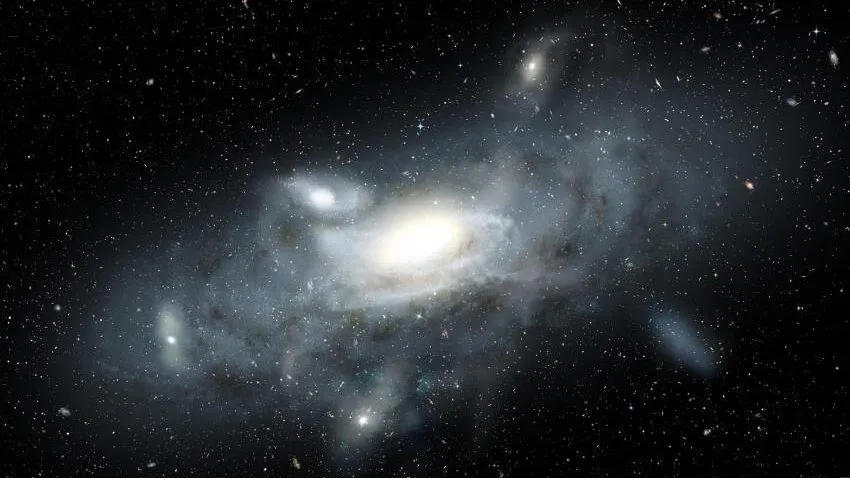
A sparkling cannibal galaxy discovered by the James Webb Space Telescope appears to be a “very early” mirror image of the Milky Way, and it could help astronomers understand how our galaxy took shape, a new study has revealed.
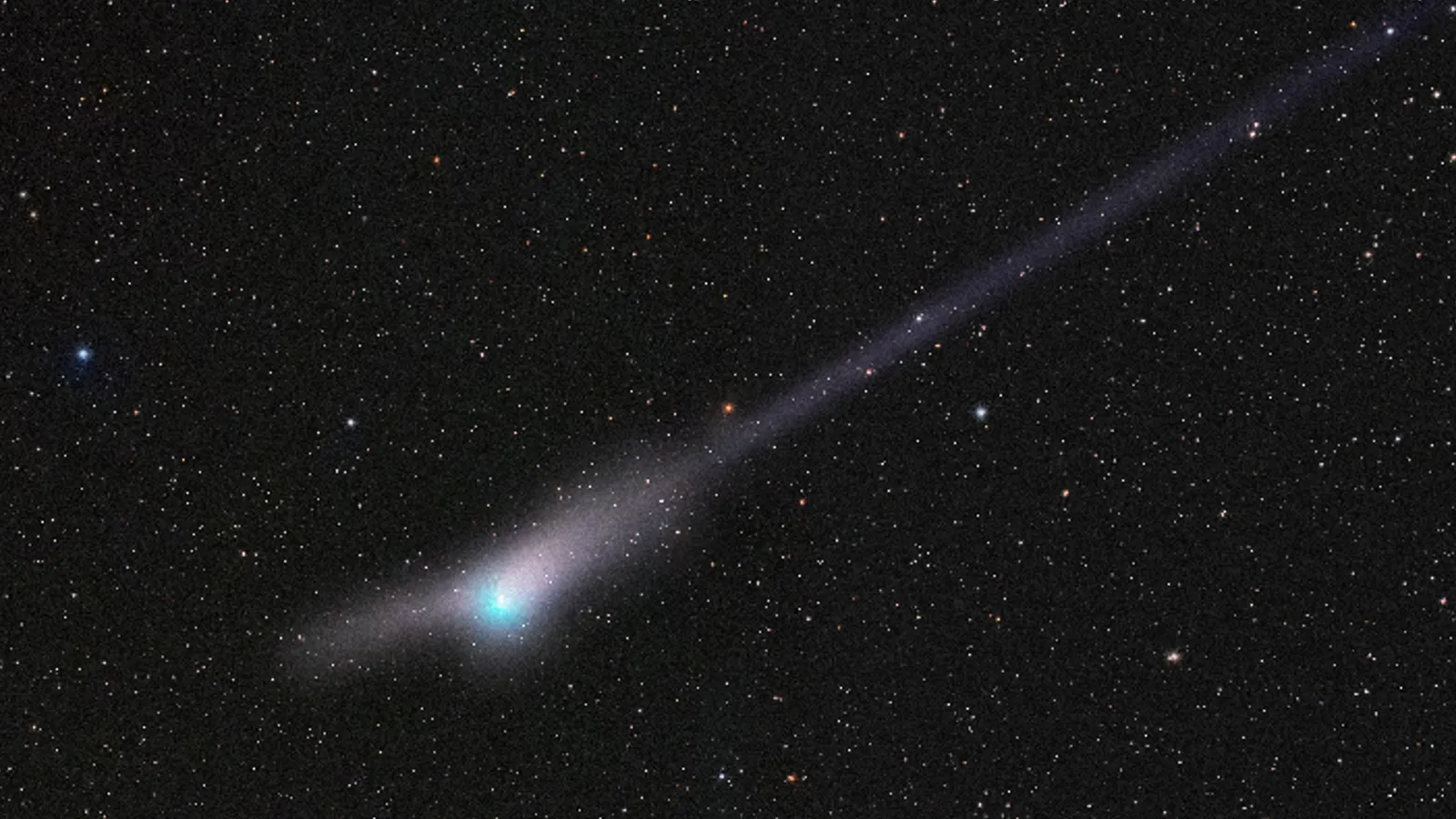
A rare green comet zipping by Earth for the first time since the Stone Age is about to pass right next to Mars this week, and the once-in-a-lifetime cosmic pairing could be visible through a simple pair of binoculars.
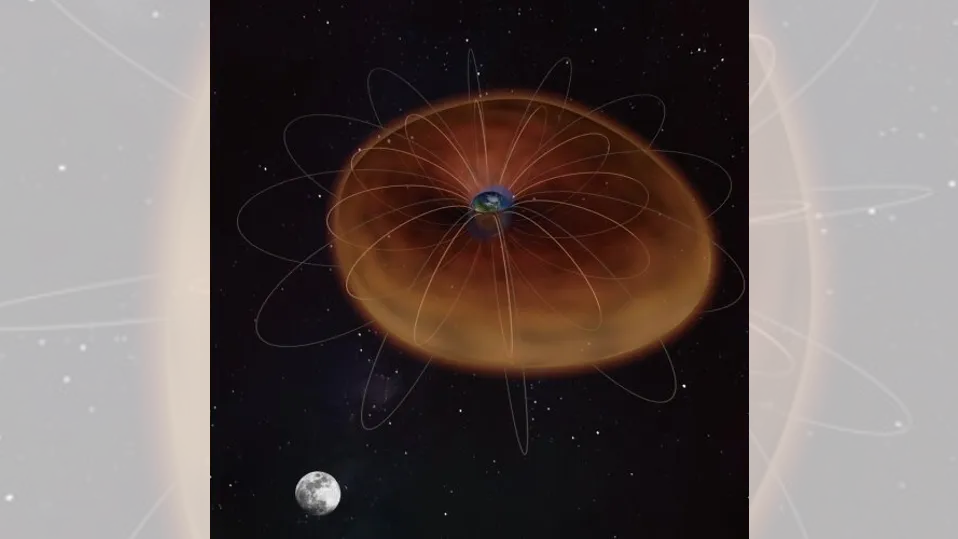
The moon exerts a previously unknown tidal force on the “plasma ocean” surrounding Earth’s upper atmosphere, creating fluctuations that are similar to the tides in the oceans, a new study suggests.

Biological amino acids could have celestial or terrestrial roots. An experiment simulated their formation in deep space—but the mystery isn’t solved yet.
Image from: ESO (Wikki Commons)
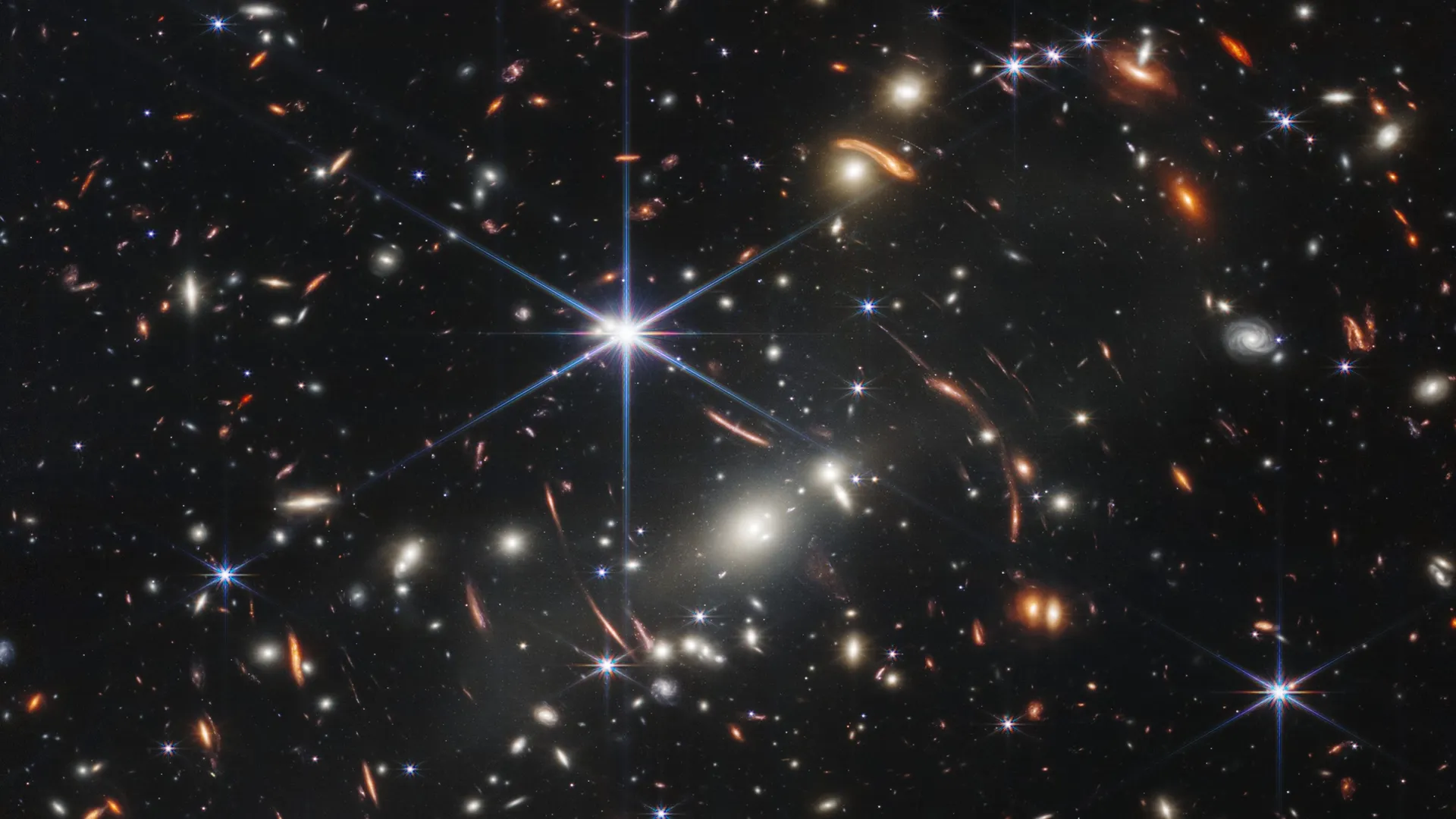
Now, there’s more research to back up the Big Bang. Recently, researchers took a more careful look at the data and determined that the distant galaxies discovered by the James Webb Space Telescope are, indeed, perfectly compatible with our modern understanding of cosmology.
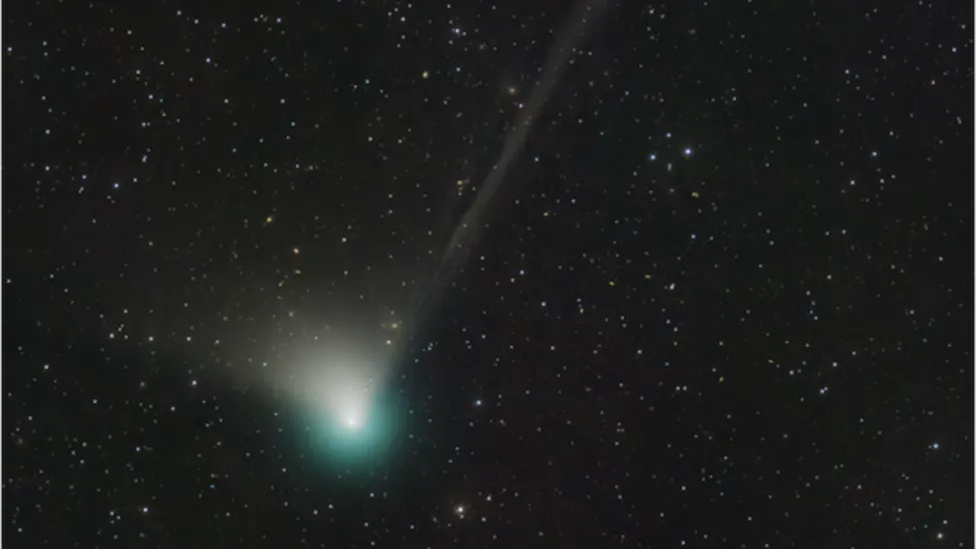
A newly discovered comet will make its closest approach to our planet on Wednesday.Astronomers say the object’s journey toward us took around 50,000 years.
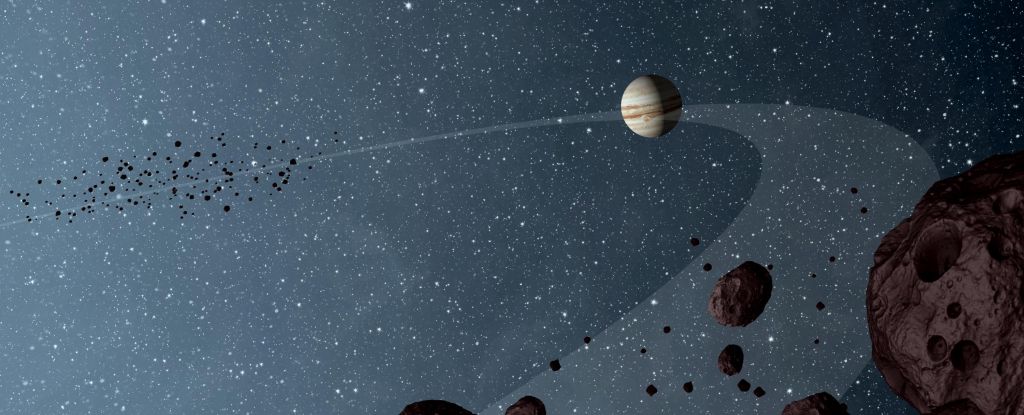
Jupiter isn’t alone along its orbital path around the Sun. Two giant swarms of asteroids have been snared in the gravitational interaction between the gas giant and our star, leading and trailing Jupiter as it treads its cosmic measure.
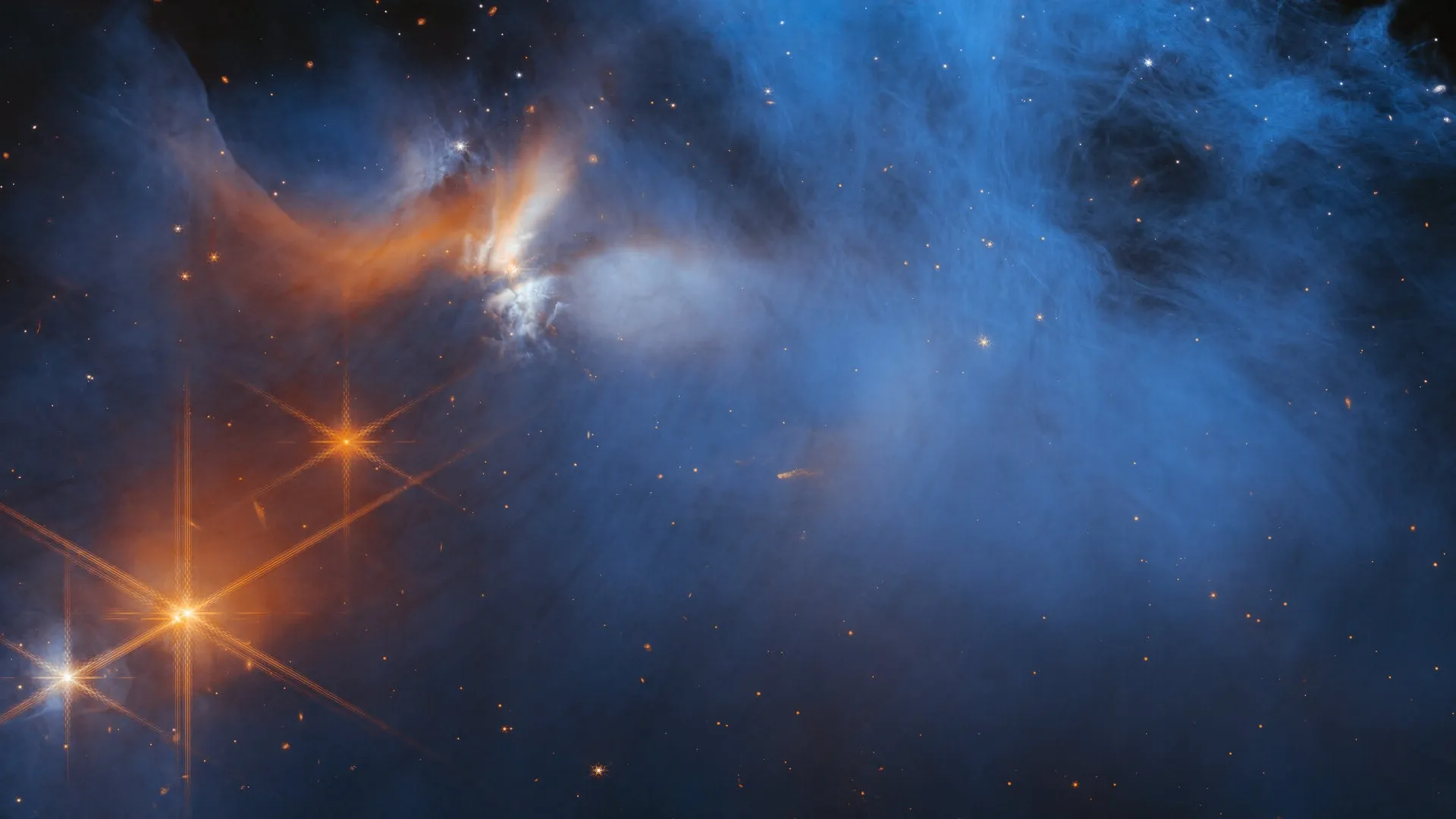
The James Webb Space Telescope’s latest observations of icy molecules will help scientists understand how habitable planets form.
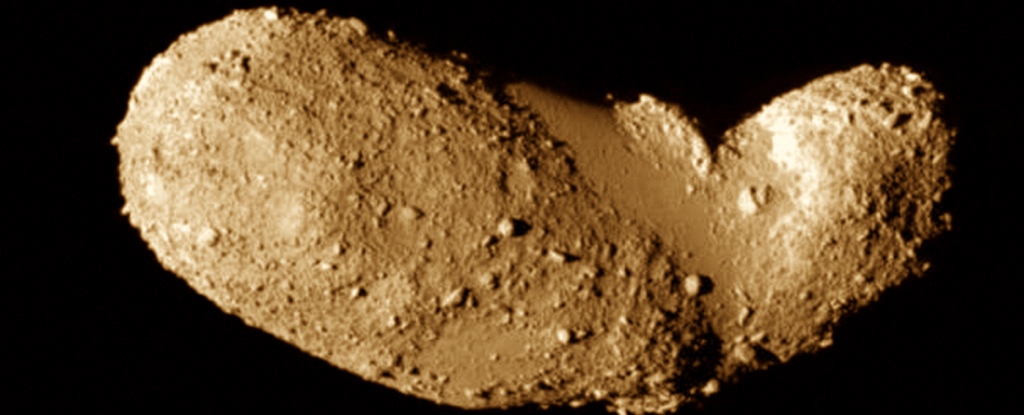
A new study published in the Proceedings of the National Academy of Sciences discovered that rubble pile asteroids are an extremely resistant type of asteroid and hard to destroy by collision.
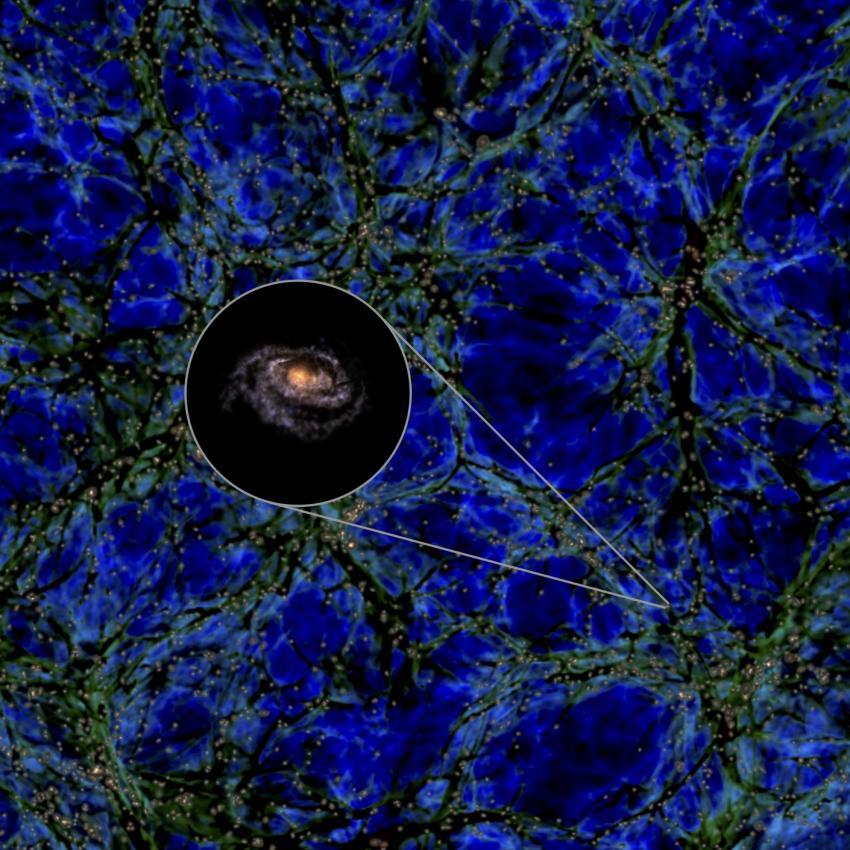
A new study shows that the Milky Way is too big for its “cosmological wall”, something yet to be seen in other galaxies. The new research is published in Monthly Notices of the Royal Astronomical Society.
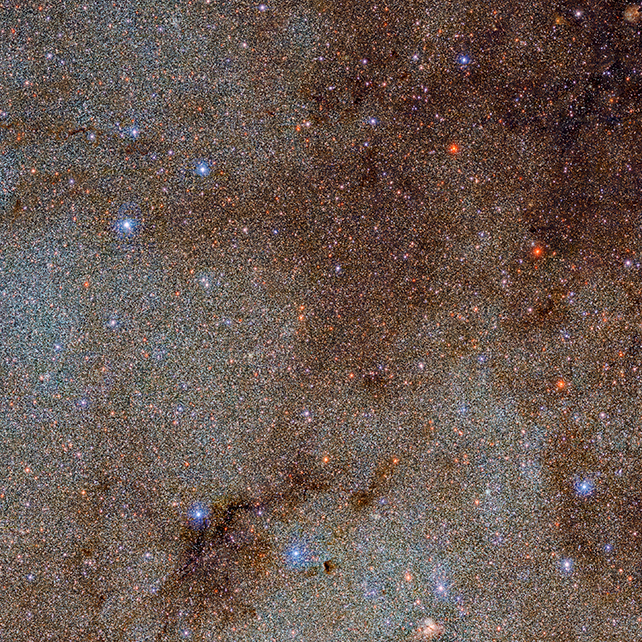
We have the Dark Energy Camera (DECam) to thank for this beautiful shot of space, part of the Víctor M. Blanco 4-meter Telescope at the Cerro Tololo Inter-American Observatory (CTIO), some 2,200 meters (7,218 feet) above sea level in Chile.
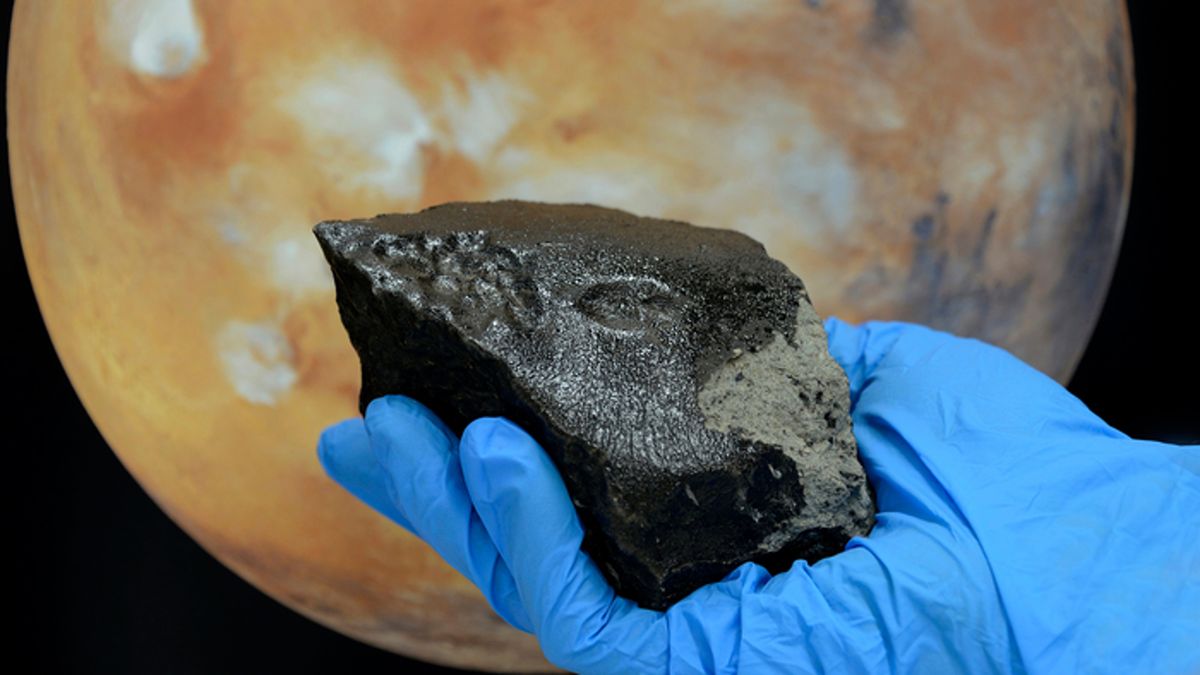
A new study into the Tissint meteorite, which crash-landed in Morocco in 2011, revealed a wide array of organic compounds hidden in the rare space rock.
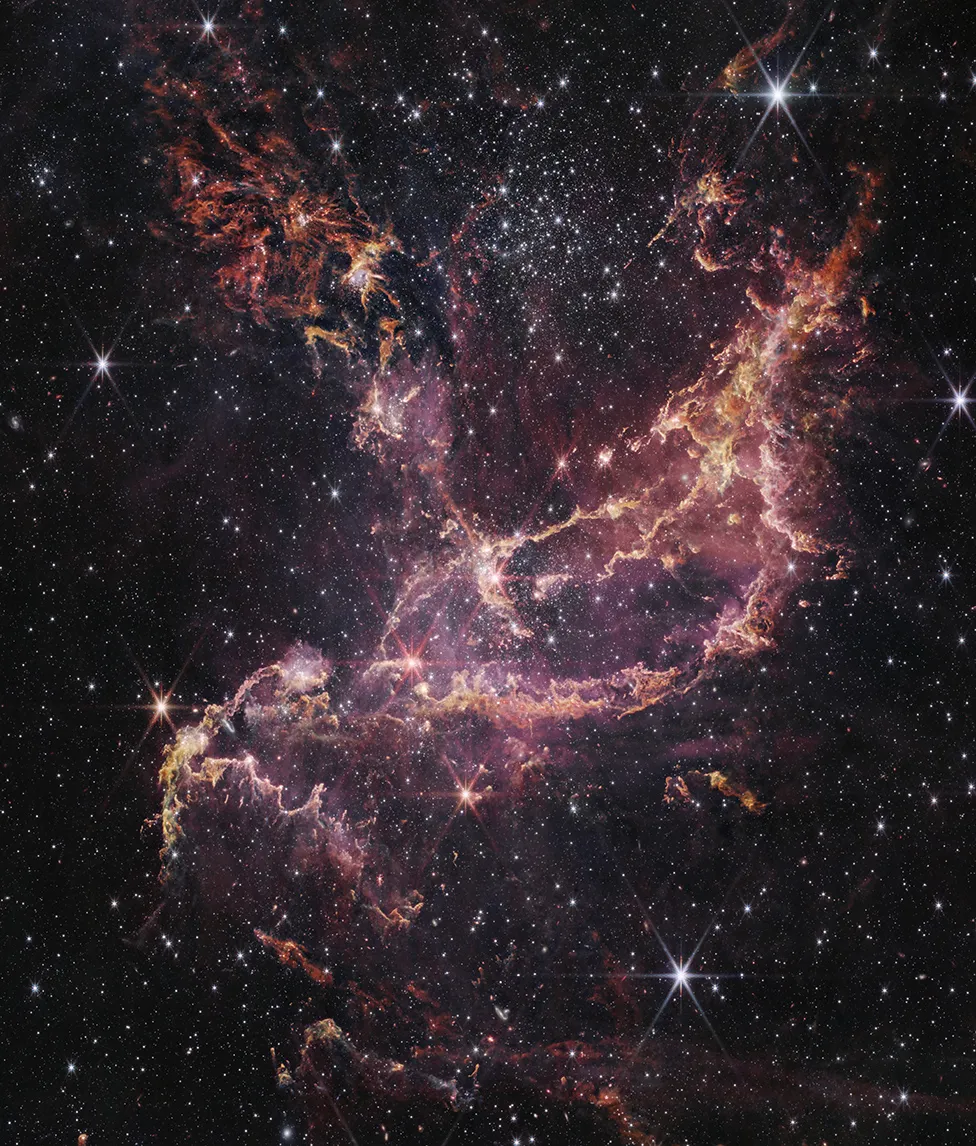
It’s another stupendous image from the new superspace telescope James Webb.The picture shows NGC 346, a region about 200,000 light years from Earth where a lot of stars are being created.

Inside your brain there is a map of every bedroom you’ve slept in. Every kitchen you’ve cooked in. Every city you’ve worked in, every country you’ve holidayed in. There’s even a threadbare map of every Universe you’ve dreamt in








